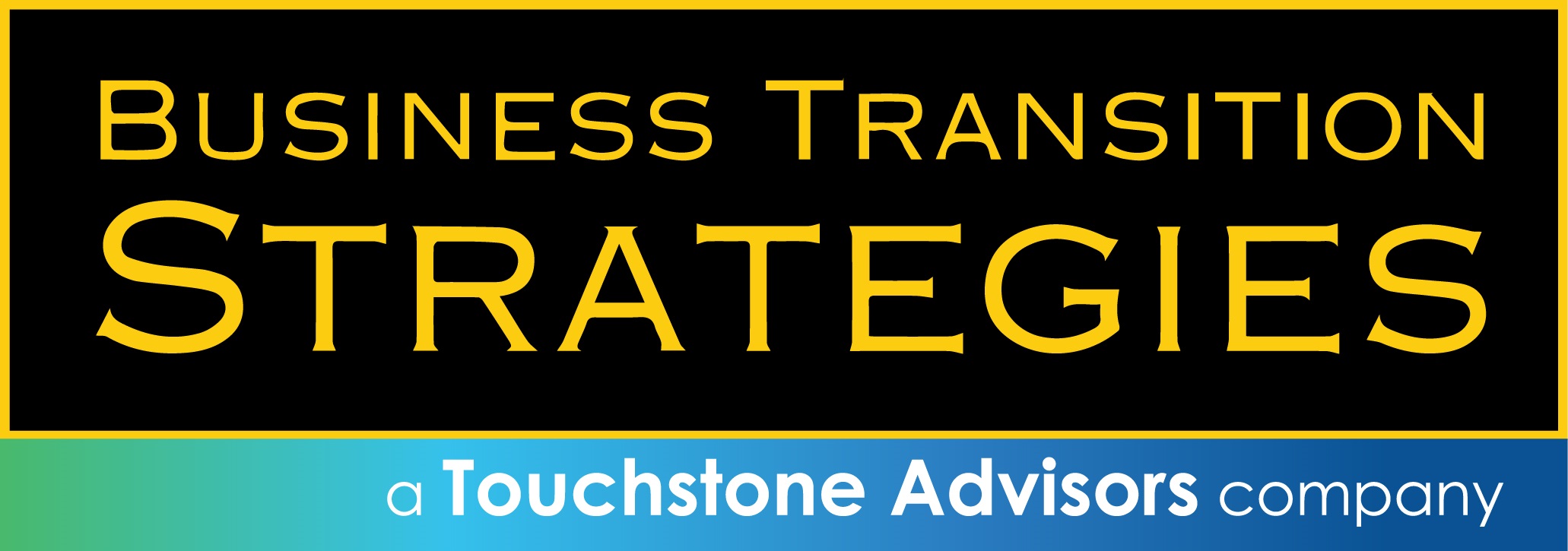Taking the ESOP route is not an all or nothing approach to business ownership transition.
A presentation “Comparing the Big Exit Decision” by Steve Cohen, Esq and Tabitha Croscut, Esq. at AMAA New England in Boston September 28 made this clear. The two attorneys with Devine Millimet engaged in a back and forth, point counter-point discussion that brought to light the advantages and disadvantages of choosing to pursue an ESOP or a third-party sale.
Owners could choose to sell a minority of their company to the Employee Stock Ownership Program while remaining in charge of the company. This is a great way to develop liquidity as part of a bigger transition plan. The owner sells part of the company to an ESOP and pulls capital locked in the company out for financial planning. This counters the proverbial all-your-eggs-in-one basket approach many owners face, where year after year they pour their capital back into their company rather than having a diversity of investments for retirement.
In the example mentioned above, it is still possible for the company to be sold down the road, even with an ESOP in place. A full ESOP transfer has some strong offsetting tax advantages, and can enable owners to essentially sell their entity to the employees, which can create tremendous goodwill for everyone if the company is healthy.
However, I would argue a full ESOP will not generate the maximum return for the owner. Attorney Cohen made this point clearly. A third-party sale, run through an M&A process that identifies multiple interested parties and generates a range of proposals, can be very effective in identifying the true value of a company in the marketplace at the time.
Strategic and synergistic buyers will often put a price on a company that exceeds the ESOP valuation, generating even more liquidity for the owner.
It is also arguable that a third-party sale would open even more opportunity for existing employees and management. The mantra in an acquisition is growing and expanding the acquired entity.
A properly positioned management team and crew can leverage a change in ownership into an opportunity to ratchet up their game to hit a new level of business. Contrast this to the attitude of mature private entities where the motivation sometimes is focused more on preservation than growth.
On the other hand, as Attorney Croscut argued, an ESOP can preserve jobs and a company’s position in a community. Sometimes the fear is a sale will result in efficiencies, job losses and upheaval as new owners seek profitability from the purchased entity. This fear can be gut-wrenching for owners in a sale.
Growth and new opportunity is possible under an ESOP transition. In this scenario, the management needs to keep its eye on the ball to maintain revenue and the company’s market position for the good of the beneficiaries of the ESOP. And there will be a trustee checking things out on a regular basis.
It is good to have options, and a solid company can be transitioned in various ways.
